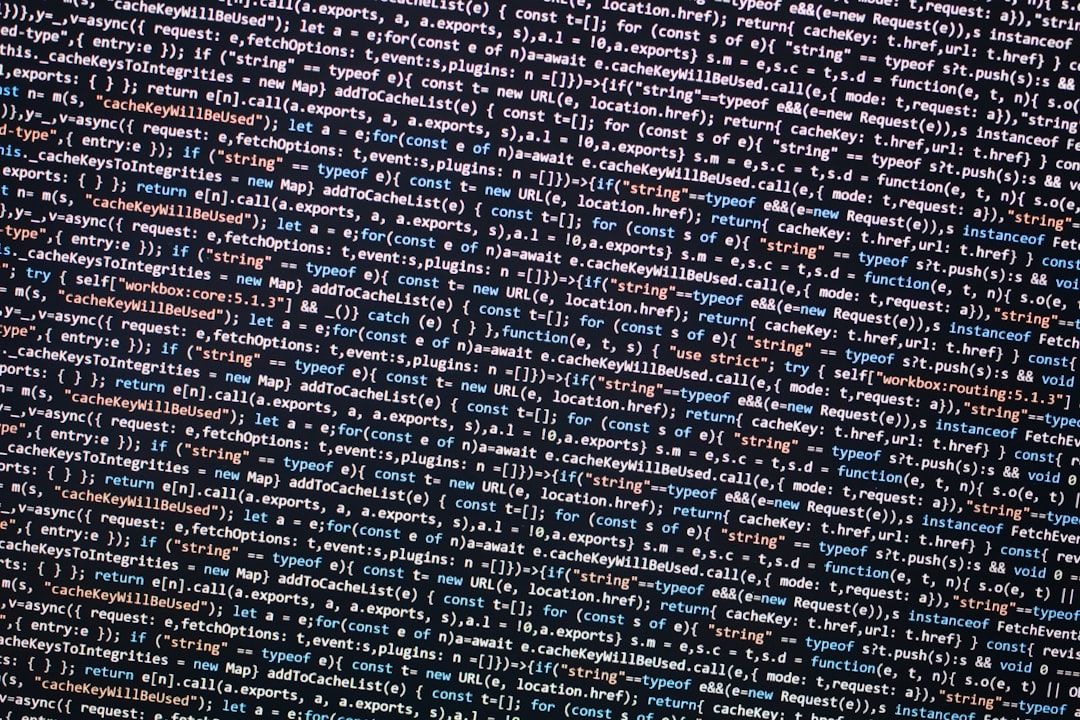When scripting efficiently in PowerShell, especially in large automation or task scripts, developers often face a critical decision: whether to use a ForEach loop or a traditional For loop. Both constructs have their strengths and are part of the wider family of iteration structures, but understanding their differences is key to writing readable, maintainable, and high-performing code.
In this article, we’ll explore the characteristics of ForEach and For loops. We’ll compare their usability, performance, syntax, and best-use cases. Determining which is “better” ultimately depends on the context and requirements of the script.
Understanding ForEach in PowerShell
The ForEach construct is designed for iterating over a collection of items. This loop is especially useful when the number of elements is unknown or not needed within the logic of the loop itself. A typical syntax looks like this:
foreach ($item in $collection) {
# process $item
}
This loop is highly readable and convenient for iterating over arrays, strings, or object collections.

Pros of ForEach:
- Cleaner syntax – Requires less boilerplate code.
- Improved readability – Especially for long scripts where maintainability is vital.
- Intuitive for working with objects – Seamlessly handles collections returned by cmdlets.
Cons of ForEach:
- Performance costs may be slightly higher compared to a For loop, particularly when performing simple iterations on large arrays.
- Less control over iteration index unless explicitly added.
Understanding the For Loop in PowerShell
The For loop provides more granular control. It is ideal when the number of iterations is known or when you require control over the index of the item.
for ($i = 0; $i -lt $array.Length; $i++) {
# process $array[$i]
}
Pros of For:
- Precise control over index and increment.
- Optimized performance for numeric-based operations and fixed-size arrays.
Cons of For:
- Less readable, especially for non-programmers or administrators reading the script.
- More code overhead – Requires initialization, condition, and increment expressions.
Comparison in Large Scripts
When building large PowerShell scripts, the scale of operations can impact performance and maintainability. Choosing the right loop can influence both script efficiency and debugging simplicity.

Key Considerations:
- Memory Usage: ForEach can use more memory when dealing with pipelines. For loop might be better suited when working with large datasets and arrays.
- Script Readability: ForEach wins when the script is shared among teams with mixed programming backgrounds.
- Flexibility: The For loop allows tighter control when skipping or repeating specific elements based on index logic.
- Pipeline Compatibility: ForEach works naturally with PowerShell’s pipeline output, making it ideal for cmdlet chaining and processing.
Which One Should You Choose?
There’s no definitive winner in the PowerShell ForEach vs For debate—it depends on the data structure, script complexity, and performance needs. That said, general guidelines apply:
- Choose ForEach when working directly with object collections from cmdlets or when readability is paramount.
- Choose For when you need index-based access, tight loop control, or dealing with high-performance iterations on large arrays.
In complex PowerShell scripts, a hybrid approach is often the most practical—use each loop where it shines best.
FAQs
-
Q: Is ForEach always slower than For?
A: Not always. While For tends to perform better in high-volume scenarios, the difference is usually negligible for most admin tasks. -
Q: Can I use ForEach with pipelines?
A: Yes, PowerShell supports a pipeline-based ForEach-Object loop, but that differs from the keyword-based ForEach loop. The two serve slightly different purposes. -
Q: Can I get the index in a ForEach loop?
A: Not directly, but you can add an index manually or use methods like$collection | ForEach-Object {}with a counter declared outside. -
Q: Which loop is more readable for scripting teams?
A: ForEach is generally more readable, especially when others reviewing the script are not developers.
Ultimately, understanding both loops empowers scriptwriters to use the right tool for each coding scenario, creating more efficient and maintainable PowerShell automation scripts.

